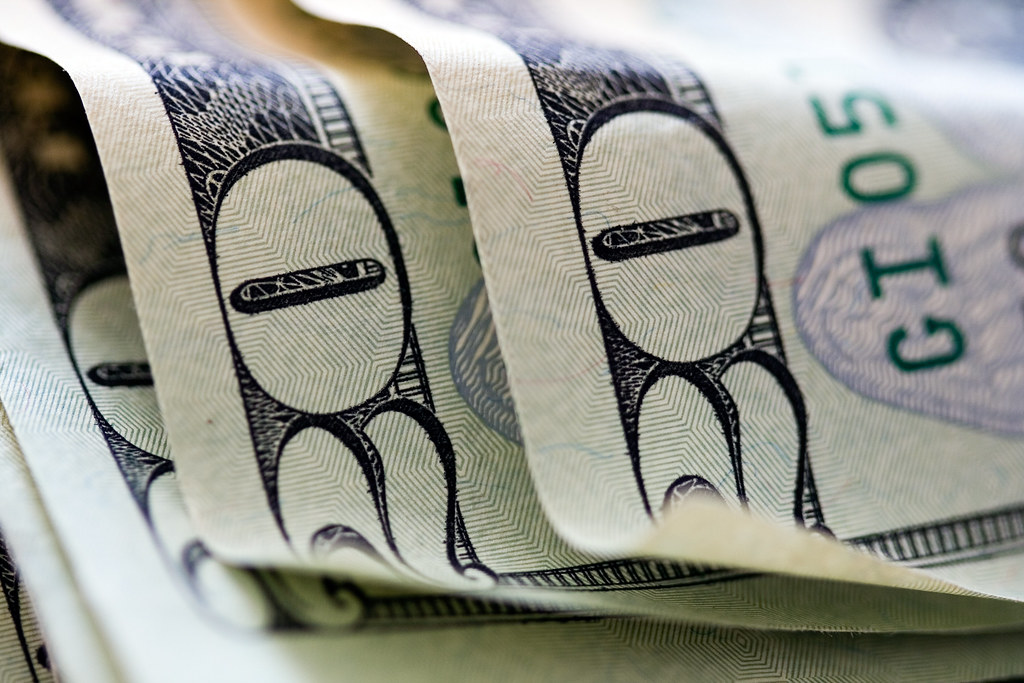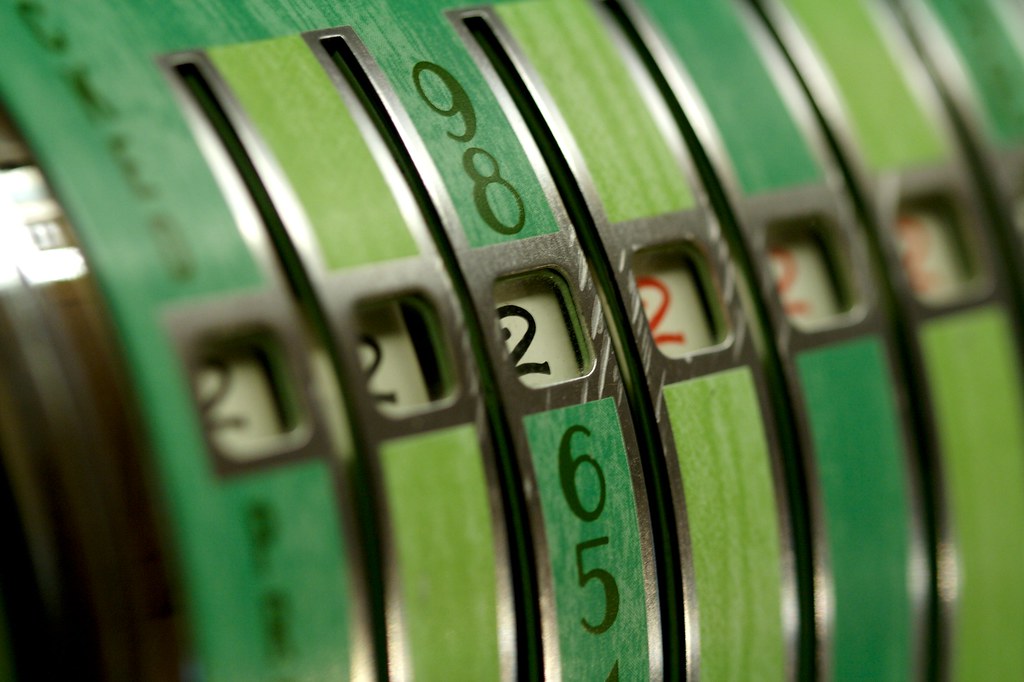
Photo credit Unhindered by Talent
Here is this Friday’s Green Numbers round-up:
-
U.S. pledges 17 percent emissions reduction by 2020 – washingtonpost.com
The United States pledged Thursday to cut its greenhouse gas emissions by 17 percent by 2020 from 2005 levels under an international climate agreement, though it made its commitment contingent on passing legislation at home.
-
The Department of Energy and IBM are serious about developing lithium air batteries capable of powering a car for 500 miles on a single charge – a five-fold increase over current plug-in batteries that have a range of about 40 to 100 miles, the DOE said.
The agency said 24 million hours of supercomputing time out of a total of 1.6 billion available hours at Argonne and Oak Ridge National Laboratories will be used by IBM and a team of researchers from those labs and Vanderbilt University to design new materials required for a lithium air battery. The calculations will be performed at Oak Ridge and Argonne, which house two of the world’s top ten fastest computers, the group said
-
EU communicates 20 per cent emissions-cut target to the UN : Environment
The European Union officially communicated its target to cut CO2 emissions by 20 per cent by 2020 compared to 1990 levels, with an option to raise the offer to 30 per cent if other nations make comparable efforts, the European Commission said on Thursday. The long-forecast pledge, part of EU policy since 2008, had to be confirmed to the United Nations by February 1
-
Guardian takes another major step to meeting the 10:10 challenge | Sustainability | guardian.co.uk
The Guardian’s commitment to the 10:10 campaign has received a welcome boost with news that it is expected to cut the carbon footprint of its paper supply by at least 10% this year.
-
Thames Eel Population Mysteriously Drops a Staggering 98% In 5 Years
Eels were among the first species to recolonize the Thames river after it was cleaned up in the 1960s and 70s. But scientists are sounding an alarm that the populations have crashed over the last five years, and they aren’t sure what the problem is.
-
Forget 0-60: Think City electric-car charges from 0-80% in 15 mins – egmCarTech
Think announced today that it has teamed up with AeroVironment, Inc., a leading developer and supplier of electric vehicle charging infrastructure, to demo the company?s level III fast-charge system and the Think City electric-car.
The team held a 15-minute news conference at the 2010 Washington Auto Show where they charged a Think City from 0-80% using AV?s fast-charge system in 15 minutes.
-
Environmental Performance Index 2010: Home
The 2010 Environmental Performance Index (EPI) ranks 163 countries on 25 performance indicators tracked across ten policy categories covering both environmental public health and ecosystem vitality. These indicators provide a gauge at a national government scale of how close countries are to established environmental policy goals.
-
The 12 Least Ethical Companies In The World: Covalence’s Ranking (PHOTOS, POLL)
Can ethics be quantified? Or, better yet, can a lack of ethics be quantified?
This week, the Swiss research firm Covalence released its annual ranking of the overall ethical performance of multinational corporations. The idea behind the Covalence research is that there’s value — both for companies and consumers — in measuring corporations against an ethical standard.
Posted from Diigo. The rest of my favorite links are here.




